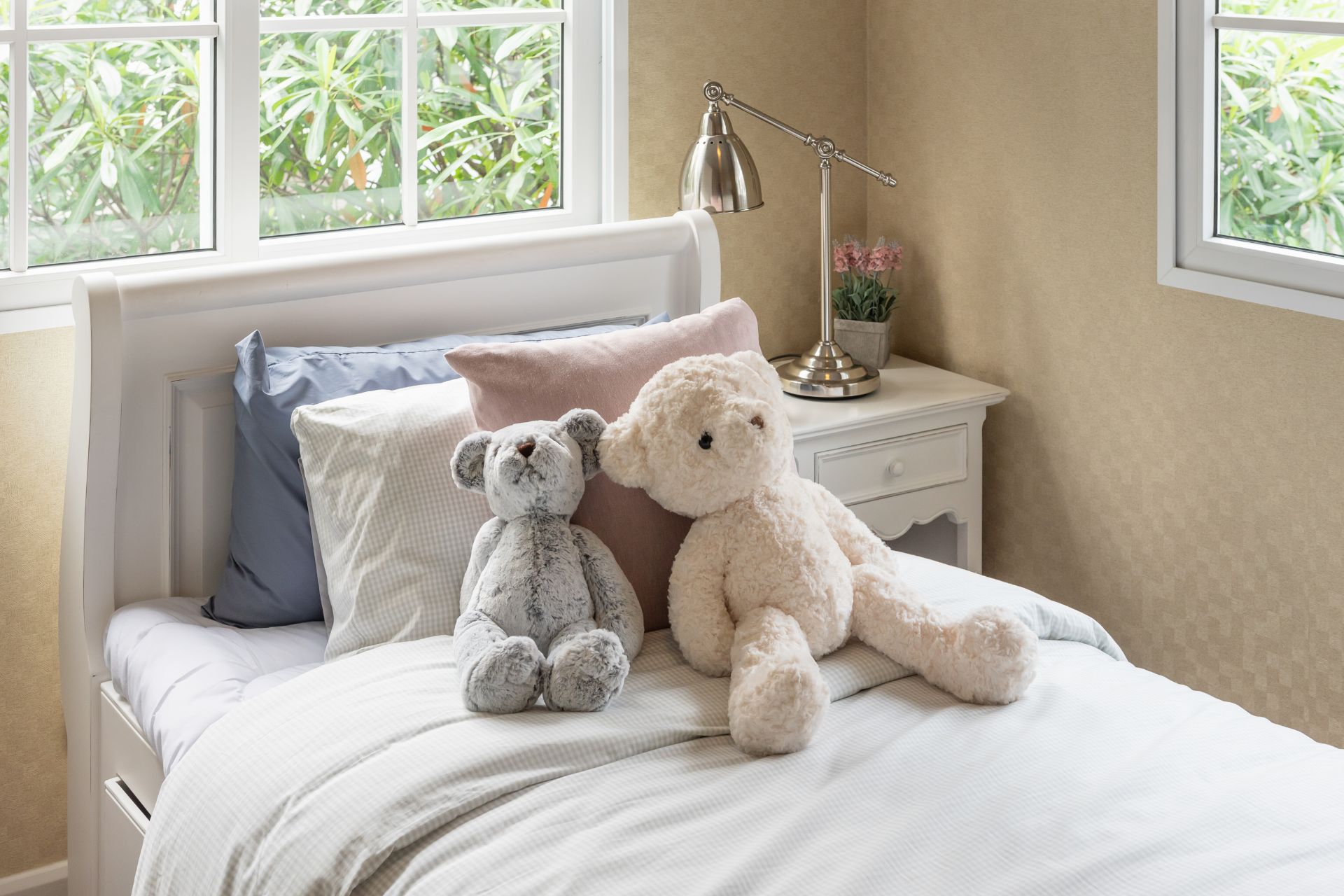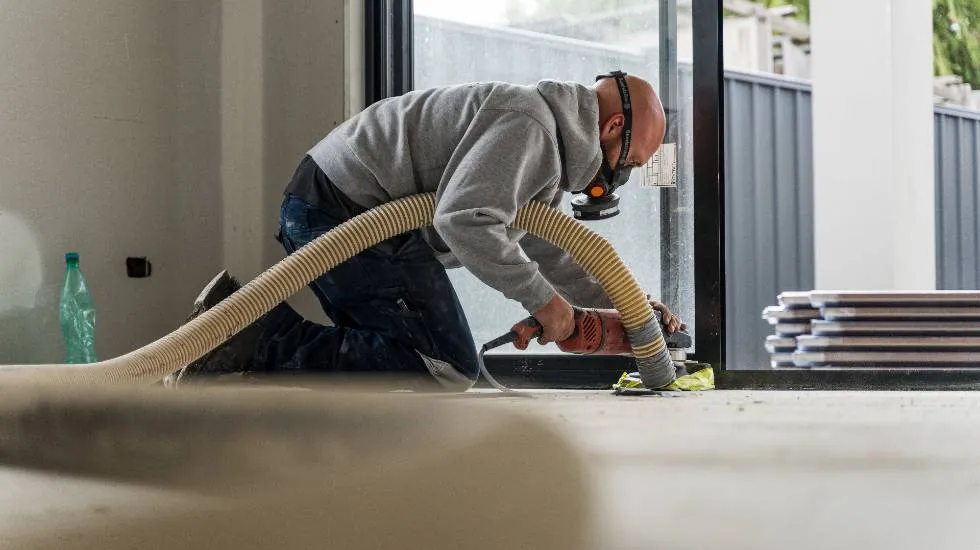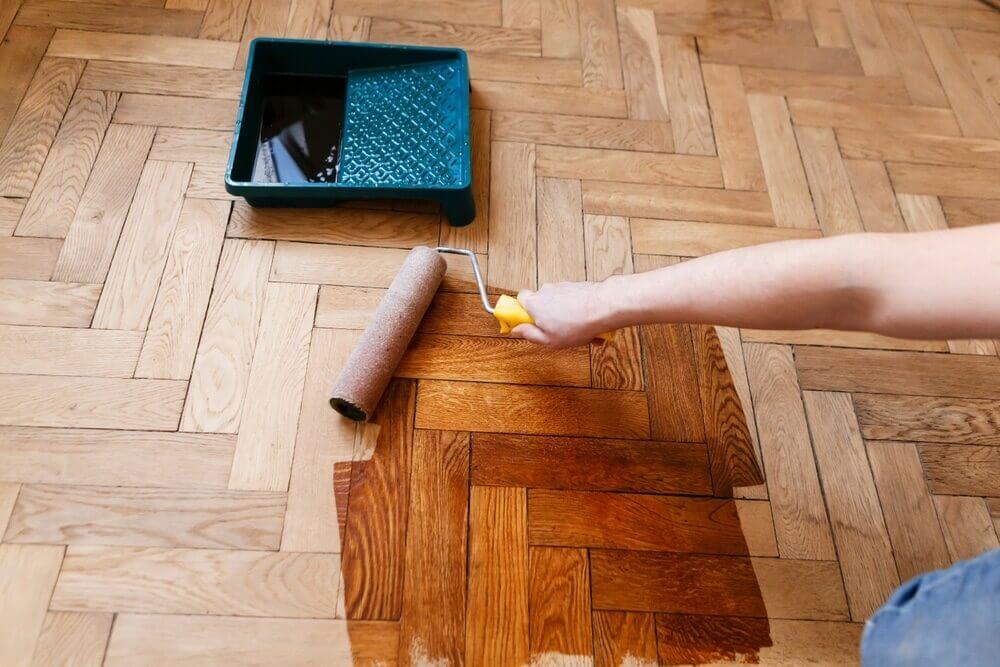Introduction
A blend of creativity and practicality is necessary to create a child’s bedroom that can last throughout their childhood. Timeless space grows and changes with the child but looks classical as a whole It offers ideas of aspects to think about when planning a bedroom that will still look good and be useful in the decades ahead.
Choosing a Neutral Palette
A timeless bedroom starts with a neutral color scheme. In addition, soft whites, gentle greys, and muted pastels all pair well together to create a soft blush surrounding aesthetic. Their shades can be so transformed with accessories that may more easily be changed as your taste and the trend change.
Bedding, curtains or artwork are great ways to add pops of color and give your space some personality. Those elements are obviously easier to switch up as a child grows and tastes change, so the look of the space can be kept fresh and interesting.
Investing in Quality Furniture
Selecting premium quality as well as sturdy home furnishings is a must. Opt for items that can be used throughout the years. Invest in a solid bed frame, a substantial dresser (you know: one that can take some real wear and tear), and storage for the space you have. Furthermore, the classics that come with no frills stand up to any design-based requirements.
Look for convertible furniture like cribs that become toddler beds or desks with scalable heights, for example. The flexible sections enabled the room be beneficial by changing play to slumber in any set up we required.
Incorporating Smart Storage Solutions
Efficient space-saving storage is essential to clean up your life and personalize a stylish way of living. Rearrange Items Another tip recommended by the CRF is to selectively place objects in order to provide a feeling of airiness and size. Go for built-in shelves, under bed storage or choose multi-functional furniture like storage benches. Make storage easily accessible and user-friendly in order to encourage kids to keep their rooms neat.
Use bins and baskets with clear labels so your little one starts to learn that everything has its place. And as they mature, the same system can be adjusted for other or more content.
Personalizing with Accessories
The room is neutral, giving less prominence to the foundation and more to the individual by accessorizing. Decorator items might also change based on what a child is interested in at any given time, such as artwork or cushions that refer to their current fascination. It can be changed to a new one making the room feel fresh and up-to-date.
Involve children in the selection of accessories. This participation makes them feel invested in the space, and allows their character to be reflected.
Creating Zones for Different Activities
A good looking bedroom should be versatile enough for multiple purposes. Divide your room into defined areas for Sleep, Study and Play. This organization helps children to understand the purpose of each space, encouraging its best use.
Use comfortable seating and reading lights to create a cosy book nook where your children will want to explore the world of stories. Having a separate space just to study and with an adequate table and chair will help in keeping your focus on studies.
Emphasizing Comfort and Safety
Never sacrifice creature comfort and safety. Opt for airy, breathable fabrics in bedding and curtains and crack a few windows if the weather is pleasant. Furniture must meet safety regulations and cannot contain sharp corners or unfinished components.
Blackout curtains may be worth the investment, and area rugs will help to keep your feet cozy. Such factors make the atmosphere congenial and safe.
Incorporating Timeless Patterns and Textures
Texture & pattern in room Go for the timeless patterns like stripes, checks, or polka dots. Rich and both welcoming textures such as wood, wool or cotton.
Use textured bedding, curtains and/or rugs in order to give the room more substance. These factors enrich the space, offering a more sensual experience.
Planning for Future Changes
Children develop their requirements and priorities as they grow. Anticipate changes in the future to keep the room relevant. Pick furniture and decor that is flexible or easily replaced.
Remain open to changing tastes. This flexibility gives room for it to transform without any need for a complete makeover, thus saving the time and resources of both parties.
Conclusion
Designing a children’s bedroom that never goes out of style by keeping it neutral, investing in quality furniture and utilizing a convertible design, parents can create a space that grows with their child.
This method not only promotes longevity but also fuels your creativity and comfort. The bedroom is home to laughter, play, and stories filled with love; a place for children to dream new dreams and explore their world.




